What is the object of your eye? The INDE.Awards affords food for visual thought with The Object category and the very best in industrial design from around the Indo-Pacific region.

Stack, by Zachary Hanna for nau. Imagy by Mike Baker
March 28th, 2022
Where would we be without the objects in our lives? From sofas and chairs to lighting and tables, bookshelves, vases and teapots, in fact all manner of things, objects serve our lives but also give us great pleasure.
In the INDE.Awards, The Object is a stand out category presenting the very best new products from master designers. An entry to The Object will be judged for its style and substance, its focus on unique user needs and how the design addresses this through originality, creativity and functional format.
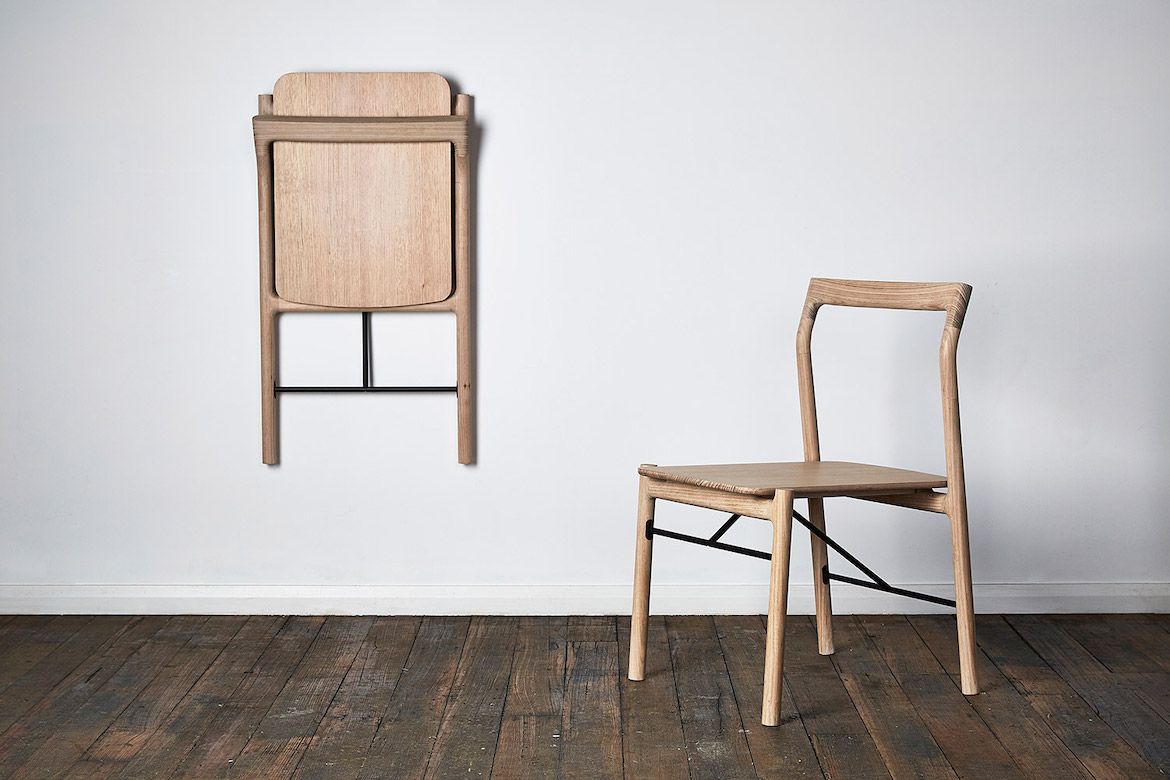
HUP HUP chair, by Tom Skeehan
This year The Object jury comprises four expert judges,
Khai Liew, Principal, Khai Liew
Brodie Neill, Founder and Principal, Brodie Neill
Elaine Ng Yan Ling, Founder The Fabrick Lab
Raj Nandan, Founder of Indesign Media Asia Pacific.
This esteemed group will assess The Object submissions to establish how superior industrial design through making and manufacture, materiality and form, ultimately achieves resolution.
One of the members of The Object jury, Khai Liew reflected on just what it takes to design an exemplary object saying,
“(A) Rigorous design concept that has been well resolved. Exemplary standard of making, careful and innovative use of sustainable materials. Enduring work that will stand the test of time both in design and use. Poetic, spiritual as well as excellent functionality. A pleasure to engage with and a joy to behold.”
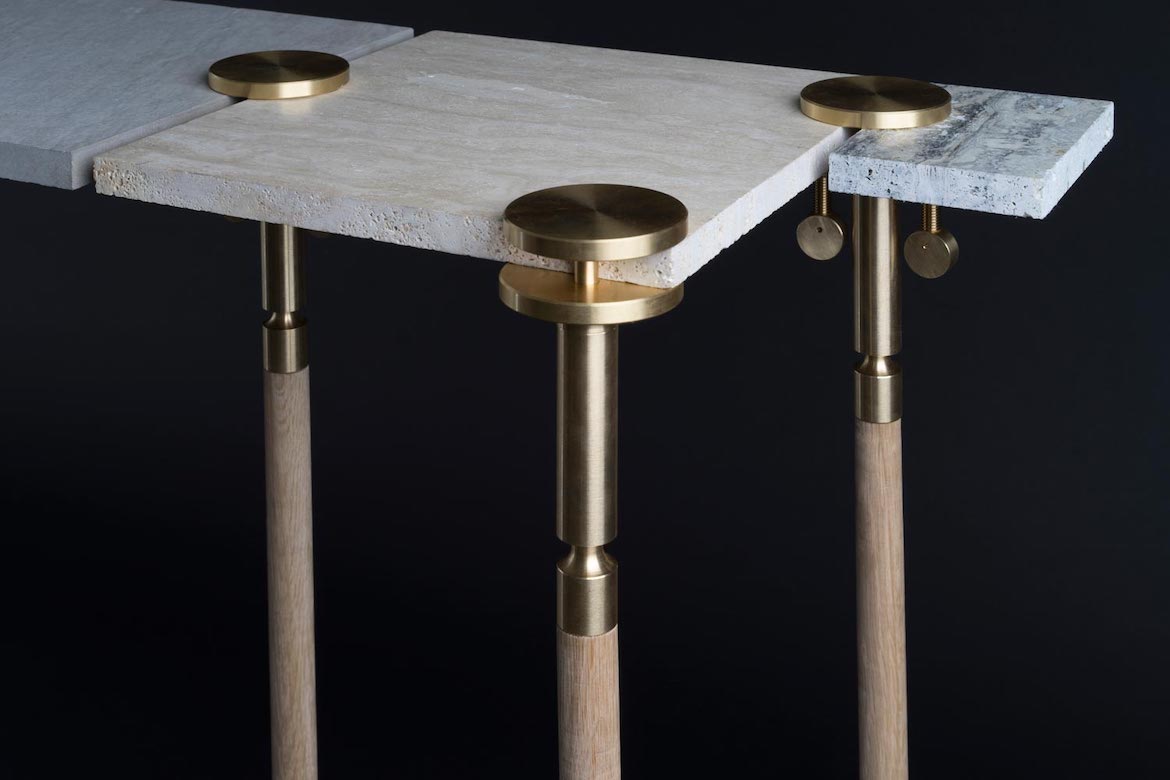
The Remnants Table Series, by Josh Carmody Studio. Image by Andrew Walsh
Past winners of The Object have included many of the region’s most impressive product designers. For example, in 2017, SKEEHAN designed HUP HUP a folding chair that is minimal and refined. Josh Carmody Studio was also a winner with The Remnants Table Series designing a clamp system to re-use samples of stone and marble, with the end result, a table series for all occasions. Tom Fereday for Earp Bros, designed OMNI a re-invention of the traditional breeze block, while in 2020, Stack by Zachary Hanna for nau designed a lamp, bookcase and side table in one for multiple utility.
Last year the winning accolade was afforded to Woven Image for The Embossed Acoustic Panel Collection. The Collection comprises of Zen, Ion and Gem, three-dimensional acoustic interior wall panels. This innovative product was developed to provide floor-to-ceiling acoustic solutions for commercial interiors incorporating cutting-edge design with sustainability and acoustic performance.
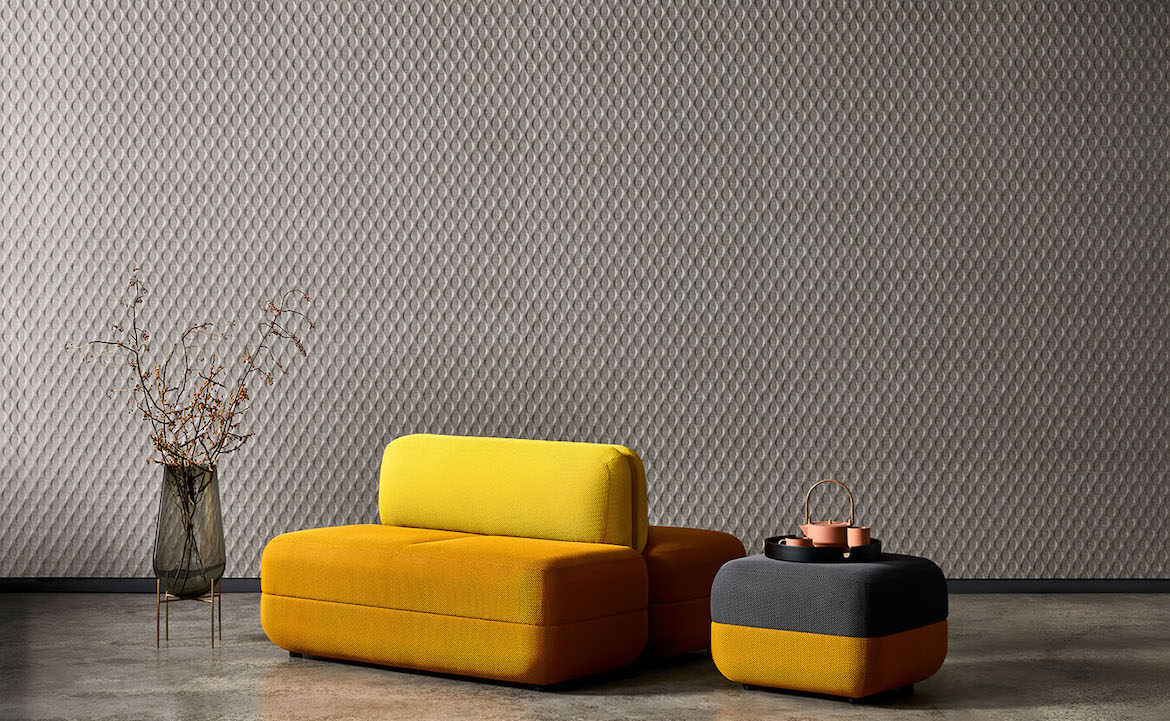
The Embossed Acoustic Panel collection by Woven Image, by Woven Image. Image Courtesy of Woven Image
Amy Saunders, Head of Design, Woven Image commented on just what it takes to make a winning product such as The Embossed Acoustic Panel Collection, “At Woven Image we strive to maintain a ‘point of difference’ from the competitive arena and the Embossed Panel Series provides a unique light-weight, easy to install, floor-to-ceiling textured acoustic solution. Along with our unique colour palette and contemporary design, we pushed the boundaries from a manufacturing perspective; remodelling obsolete equipment and using sustainable manufacturing techniques and materials, to provide a design oriented acoustic wall panel for commercial interior spaces.”
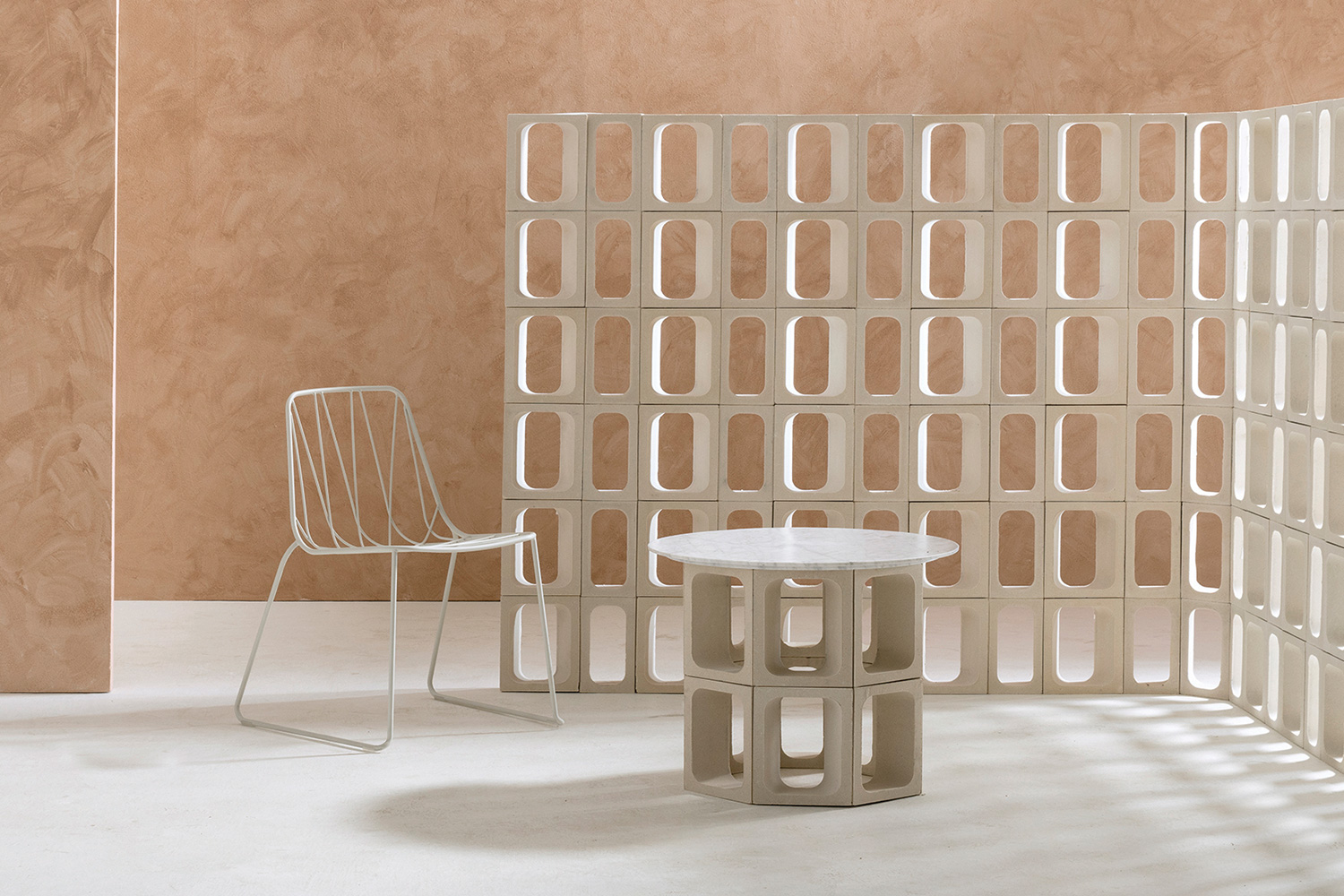
OMNI, by Tom Fereday for Earp Bros. Image by Jason Busch
While not all objects are created equal, the submissions to The Object break new ground and seek to tantalise our design tastebuds whether they are large or small, plain or elaborate. From the ubiquitous to the luxurious, every object in this category is designed to stand out. With the chance for your work to be showcased across the Indo-Pacific region and indeed the globe, object makers there is no time to waste, enter now!
.
Entries to the 2022 INDE.Awards close on 31/03/2022 at 23:59 AEDT. Submissions can be started, modified and submitted here and should be entered according to the Awards’ category criteria.
INDESIGN is on instagram
Follow @indesignlive
A searchable and comprehensive guide for specifying leading products and their suppliers
Keep up to date with the latest and greatest from our industry BFF's!
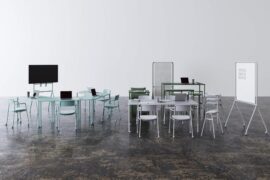
Welcomed to the Australian design scene in 2024, Kokuyo is set to redefine collaboration, bringing its unique blend of colour and function to individuals and corporations, designed to be used Any Way!

For Aidan Mawhinney, the secret ingredient to Living Edge’s success “comes down to people, product and place.” As the brand celebrates a significant 25-year milestone, it’s that commitment to authentic, sustainable design – and the people behind it all – that continues to anchor its legacy.
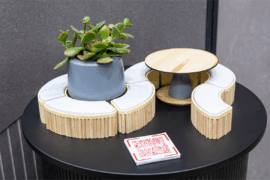
From the spark of an idea on the page to the launch of new pieces in a showroom is a journey every aspiring industrial and furnishing designer imagines making.

London-based design duo Raw Edges have joined forces with Established & Sons and Tongue & Groove to introduce Wall to Wall – a hand-stained, “living collection” that transforms parquet flooring into a canvas of colour, pattern, and possibility.
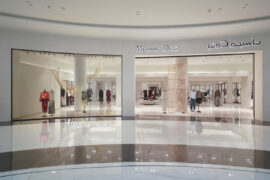
Crafting form and creating function with rattan, Patrick Keane and Enter Projects Asia’s latest project is proving to be a draw card for shoppers at the dynamic fashion house Massimo Dutti.
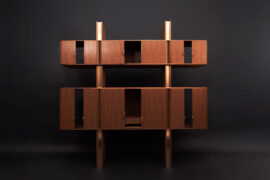
Adam Markowitz Design, in collaboration with Simeon Dux, has been awarded The Object at the INDE.Awards 2025. Their winning project, A Cabinet of Curiosities, is a masterwork of craftsmanship and adaptability; a poetic response to shifting domestic and professional life in the post-COVID era.
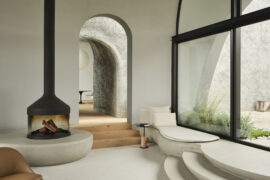
Leeton Pointon Architects and Allison Pye Interiors have been awarded as the winner of The Living Space at the INDE.Awards 2025 for their exceptional project House on a Hill. A refined and resilient multigenerational home, it exemplifies the balance of architecture, interior design and landscape in creating spaces of sanctuary and connection.
The internet never sleeps! Here's the stuff you might have missed
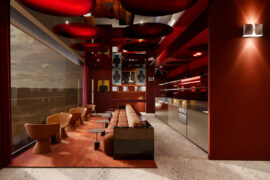
COX Architecture uses saturated colour and hotel-style amenity across the historic St Peters location, designed for Coronation Property.

The Australian marketing and advertising community is mourning the loss of Murray Robert Pope, a distinguished marketing strategist and community leader who passed away peacefully at his home on October 20th, 2025.